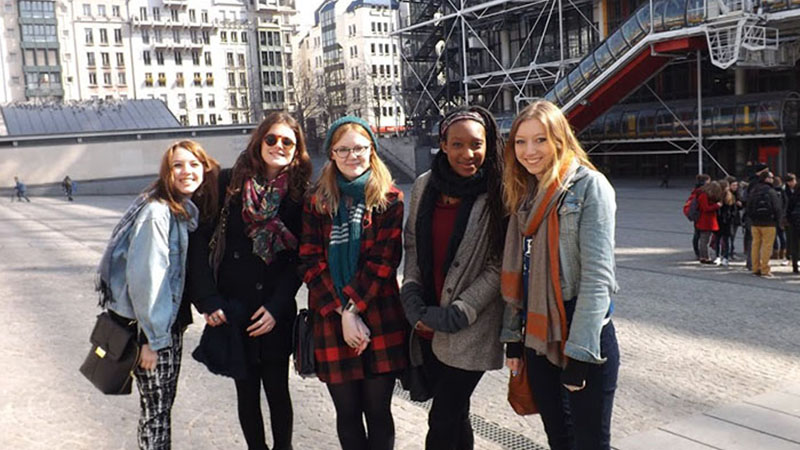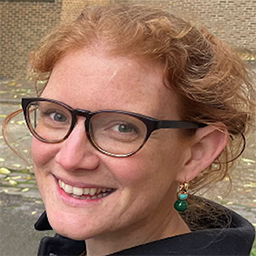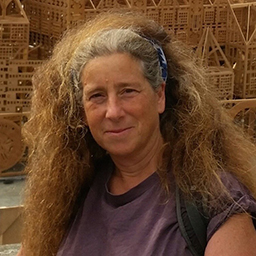Oxford is an outstanding location for studying the History of Art. The city has a wealth of museums, including Modern Art Oxford, Christ Church Picture Gallery and the internationally renowned Ashmolean, in addition to outstanding architectural heritage dating from Saxon to modern times. Almost all our modules feature visits, whether to buildings and museums in Oxford or to London, which is just a short coach-ride away. There are many opportunities for volunteering and work experience in museums, galleries and auction houses, and final-year students have access to the world-famous Bodleian Library.
History of Art
One of the highlights of the course is our field trip to Paris, which takes place in the Easter vacation in your second year. We usually stay in a characterful hostel in the Marais, a charming and historic district which is within easy reach of the Louvre and Notre Dame. Students undertake an intensive programme of guided gallery visits and architectural walks.
Visits vary from year to year, but generally include:
- The Sainte-Chapelle
- Renaissance paintings in the Louvre
- The Musée du Quai Branly
- The Pompidou Centre (Musée National d’Art Moderne)
- The Panthéon
- The Musée Rodin
- The Musée d’Orsay
- Monet’s Waterlilies in the Orangerie
“The opportunity to take part in a field trip to Paris was something that really attracted me to the course at Brookes – and now that I am here I really enjoy the insightful and frequent visits to museums and galleries that are organised as part of the course.”
Vy Tran, History of Art and Film studies, 2016
Travel and accommodation for the field trip are provided free for History of Art students.

“One of the more unusual optional visits on the Field Trip takes us to a large cemetery just outside central Paris. Père Lachaise was laid out in the early nineteenth century, at a time when the old cemeteries in the centre of Paris were becoming so over-crowded that the packed corpses had begun to burst through the basement walls of neighbouring houses. By contrast the spacious and hilly setting of Père Lachaise gave its designers the chance to lay out a beautifully landscaped cemetery featuring winding paths and trees. The designers of the tombs responded in kind, producing an extraordinary range of fascinating monuments. As a result it became fashionable to visit Père Lachaise, and still more fashionable to be buried there, with the result that many of Paris’s most famous nineteenth and twentieth-century inhabitants now rest there. One of the most intriguing aspects of the visits is seeing the ongoing relevance of some of the tombs for today’s visitors – from the lipstick kisses adorning the tomb of Oscar Wilde to the spliffs tucked optimistically into the tomb of Jim Morrison. Alongside the tombs of the famous are the profoundly moving tombs to the unnamed – to the poor of Paris, and to the deported victims of the Nazis. Away from the noise and crowds of central Paris, a visit to the cemetery of Père Lachaise offers us the chance to spend a peaceful and sometimes very moving afternoon contemplating the artistic commemoration of the dead.”
Harry Mount, Programme Lead in History and History of Art
Our module on curatorial practice also offers direct experience of the theoretical and practical issues involved in curating displays and exhibitions.
“My course has definitely given me the opportunity to acquire transferable skills which will help me in the future, such as time management, group work, and research skills. The department also organises careers evenings where Brookes’ alumni come back and talk about their careers after university. The new Curatorial Practice module also invites guest lecturers to come and talk about their experiences of working in museums or within the art world. Opportunities like these are very helpful as they give a real sense of the range of directions you can go after your undergraduate studies finish. I am currently applying for a masters degree in History of Art or in Curating, but later on I would like to work in the arts sector.”
Victoria Zicos, History of Art and Fine Art graduate
One of our first year modules, Art in Oxford, centres on objects in the world-famous Ashmolean Museum, including visits to the Eastern and Western Art Print Rooms.
A second year module, Oxford Buildings, introduces you to the development of Oxford and Oxford University from the Middle Ages to the modern era. Teaching is split between lectures and site visits to colleges and university buildings. The extraordinarily rich heritage of architecture in Oxford provides both an exploration of major stylistic developments over the centuries and an insight into the changing functional requirements of a powerful institution.
In the third year students take modules entitled Advanced Seminars, which are closely linked to the research interests of the lecturers. One popular option is the Pre-Raphaelites, a group of artists who had important links with Oxford. Christiana Payne made these videos with her PhD student, Nancy Langham, to explore Pre-Raphaelite works at a number of sites in Oxford.
History of Art fosters a valuable range of careers skills. Not only will you develop skills in research, communication and critical thought, as in other humanities subjects, but also a sophisticated level of visual literacy. This is increasingly important in our highly visual culture, and can carry you on to careers not only in museums, galleries and auction houses, but also in such fields as heritage, interpretation, publishing and the media.
Oxford also offers many opportunities for gaining work experience in museums, galleries and auction houses. Our undergraduates have also held both voluntary and paid positions at the Ashmolean, Modern Art Oxford, Sanders printsellers and Mallams auctioneers.
Connections to London are excellent, with the Oxford to London buses running all through the day and night and stopping right outside the University. As a result of this, we regularly incorporate visits to London galleries in our module teaching. Students might, for example, write essays on selected National Gallery paintings, or review current exhibitions at Tate Britain or the Royal Academy.
Dr Ian Holgate
Associate Professor and Programme Director for History of Art and Foundation in Humanities





